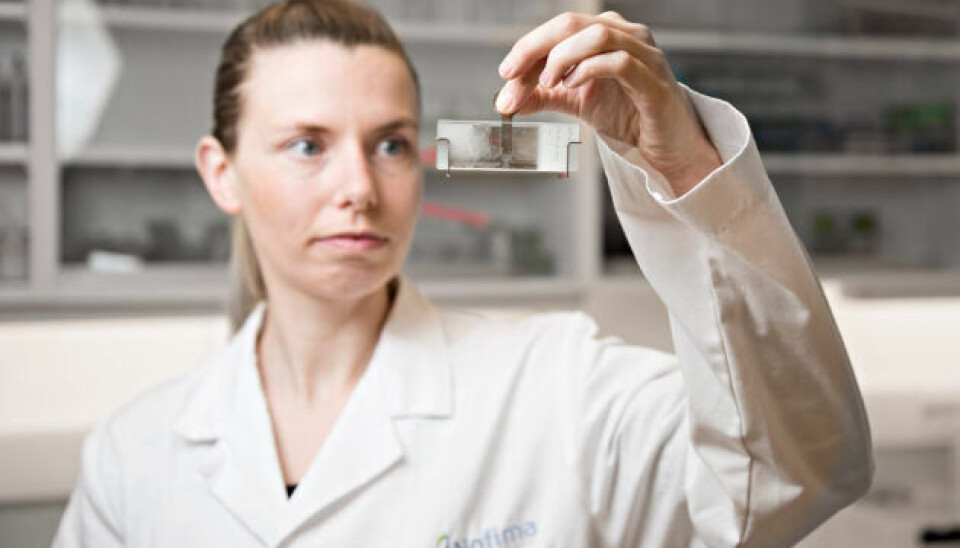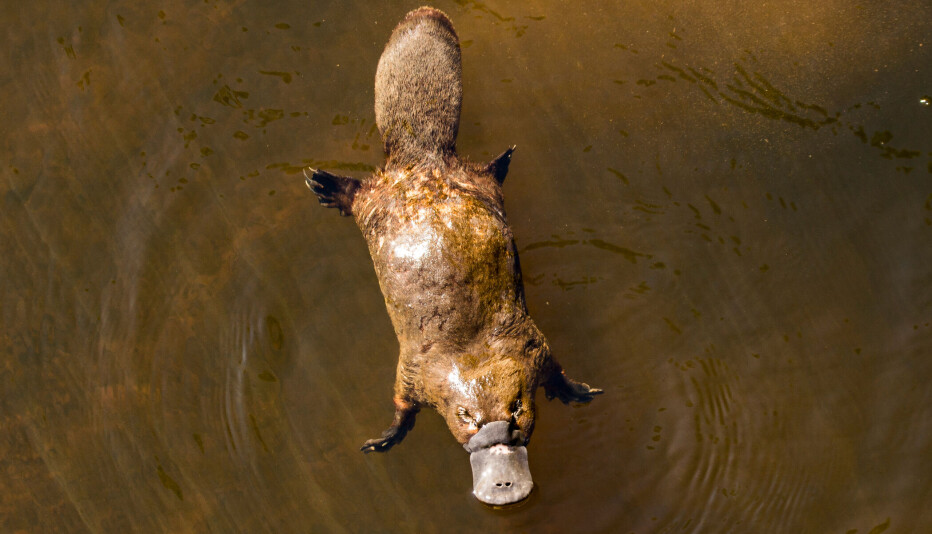THIS CONTENT IS BROUGHT TO YOU BY Nofima The Norwegian Institute of Food, Fisheries and Aquaculture Research - read more
Salmon have 48 hours to defeat sea lice
Salmon that quickly activate their immune system have the greatest natural protection against salmon lice.

“When sea lice attach, certain Pacific salmon species mount a rapid and robust response, causing the lice to fall off,” says Lene Sveen.
She is a researcher at Nofima, the Norwegian Institute of Food, Fisheries and Aquaculture Research.
Together with other researchers, she has investigated the interaction between salmon lice and salmon.
Sea lice remain one of the biggest challenges in aquaculture. Researchers are working tirelessly to develop knowledge that could lead to new solutions.
In a recent study, Sveen and her colleagues focused on coho salmon, a species long recognised for its natural resilience against sea lice.
The skin protects
Rather than analysing the entire immune system, the researchers focused on the site where the louse first attaches to the skin. This turned out to be a smart move.
“This is precisely where the battle begins. If the salmon can respond quickly enough, it can prevent the louse from gaining a foothold,” says project leader Nick Robinson at Nofima.
The researchers found that coho salmon trigger a powerful inflammatory response within two days after the louse attaches. Immune cells rush to the area, making it difficult for the parasite to establish itself. In contrast, Atlantic salmon show a much weaker response.
Coho salmon and other Pacific species like chum and pink salmon show impressive defences against sea lice.

The study shows that these species have a high density of mucous cells in their skin. During the experiment, the salmon had to be anaesthetised for the sea lice to attach successfully.
“This suggests that their skin surface is inherently unsuitable for the parasite in some of these other species, and that several mechanisms are at play, making it difficult for lice to successfully establish,” Sveen explains.
Comparing Pacific and Atlantic salmon
The research was conducted as part of the CrispResist project, which brings together an international team of experts from both science and industry.
For four years, they have sought answers as to why some Pacific salmon species are more resistant to salmon lice than Atlantic salmon. Now, much of the knowledge is in place.
“We have never been closer to the answer about how species like coho defeat sea lice, and these new findings have sparked several new ideas for further research that will bring us closer to solutions for Atlantic salmon,” says Sveen.
Reference:
Sveen et al. Local inflammation at the salmon louse (Lepeophtheirus salmonis) attachment site contributes to copepodid rejection in coho salmon (Oncorhynchus kisutch), Cell and Tissue Research, 2025. DOI: 10.1007/s00441-025-03976-0

This content is paid for and presented by Nofima The Norwegian Institute of Food, Fisheries and Aquaculture Research
This content is created by Nofima's communication staff, who use this platform to communicate science and share results from research with the public. Nofima is one of more than 80 owners of ScienceNorway.no. Read more here.
More content from Nofima:
-
This is how temperature affects a salmon's health and growth
-
Study: Omega-3 and zinc is a powerful duo for salmon
-
Fish may turn yellow if frozen too fresh
-
Is it better if food is packaged in plastic or paperboard?
-
Researchers make healthy salmon feed from polluting CO₂
-
Researchers have found the cause of kidney stones in rainbow trout




































